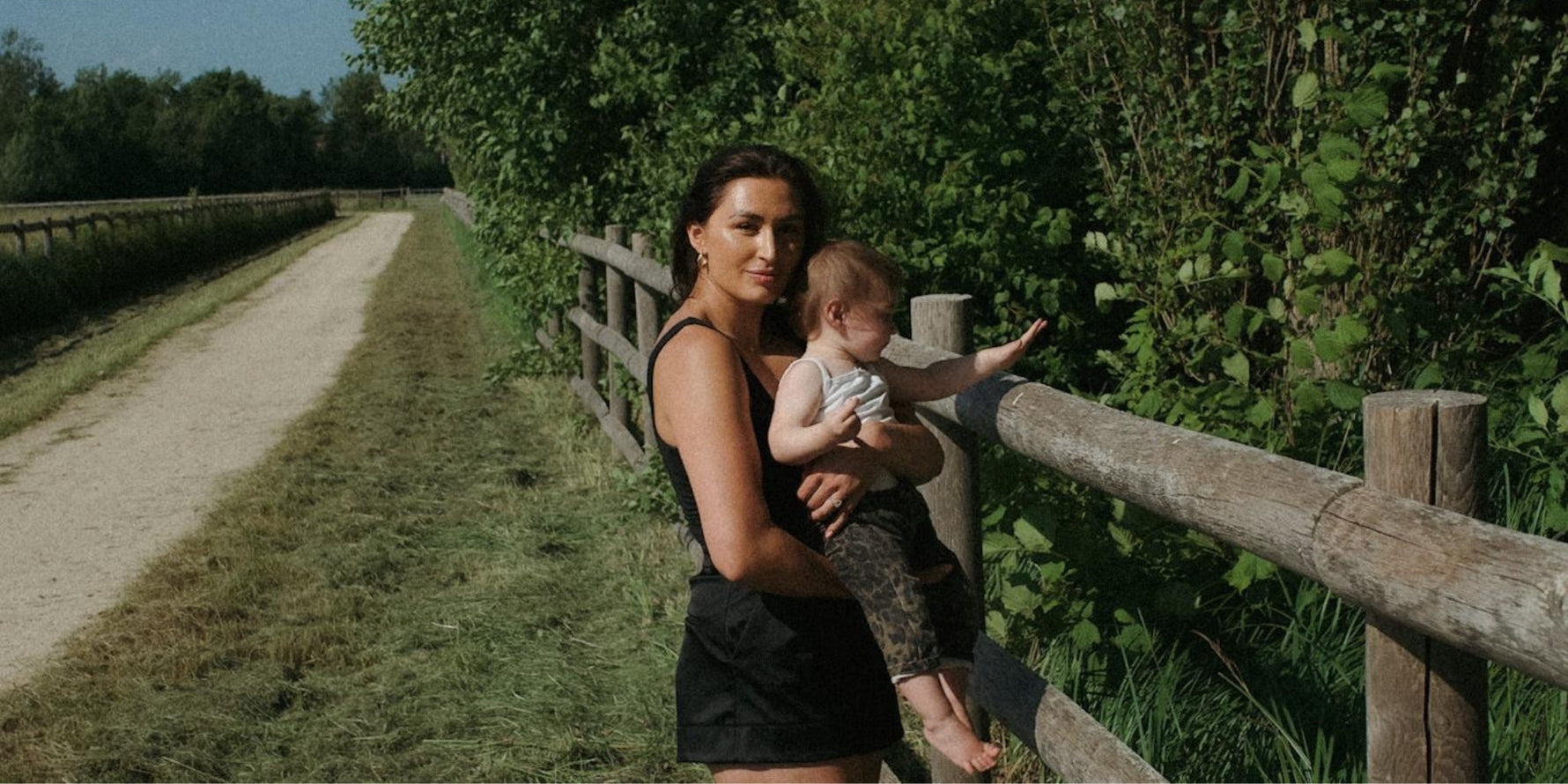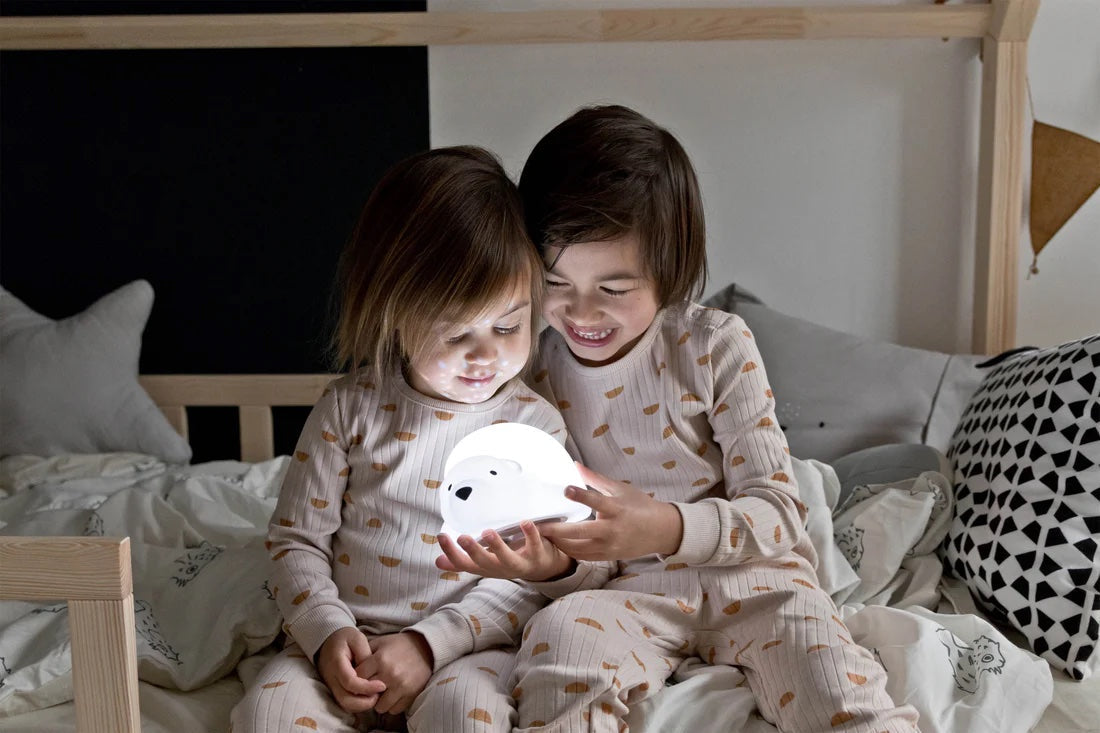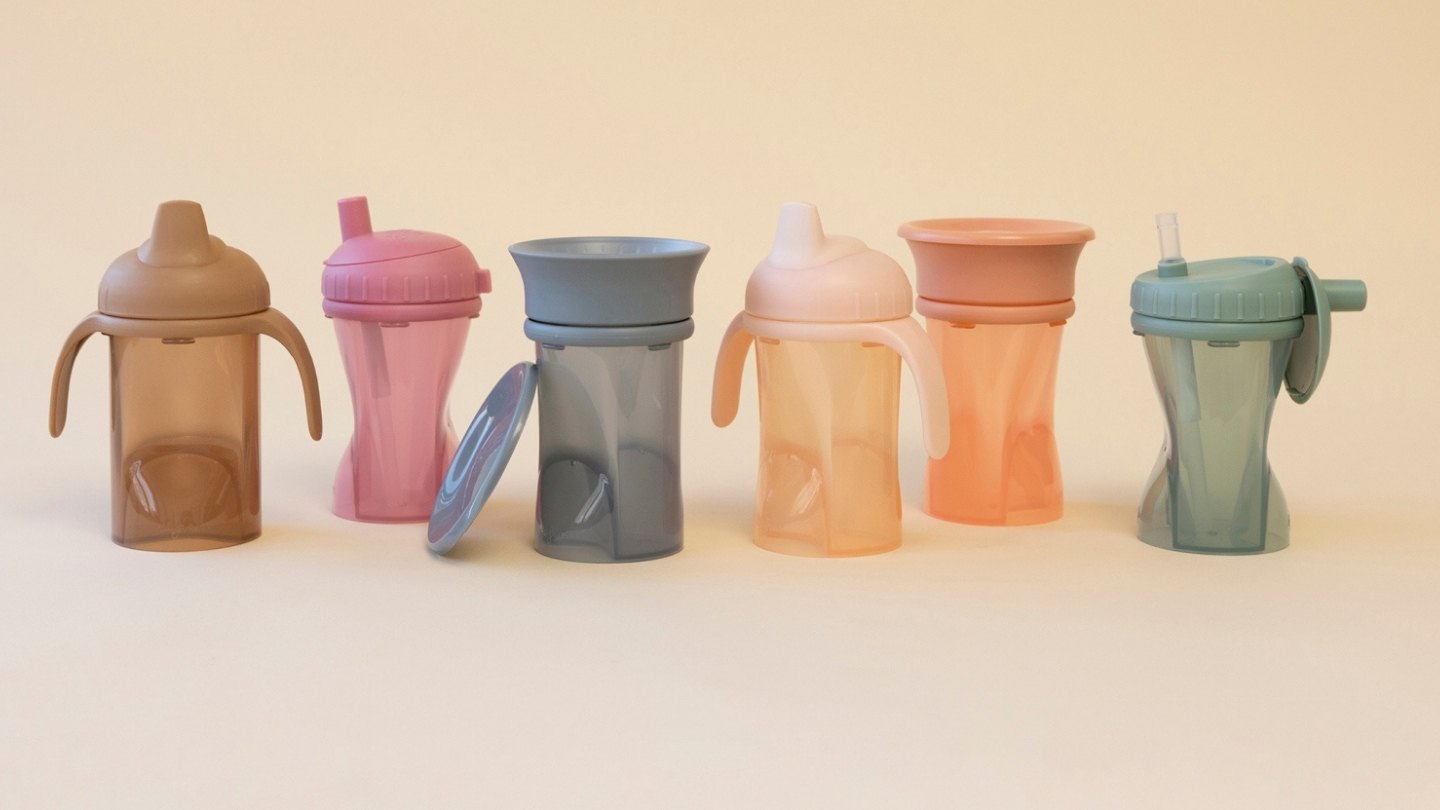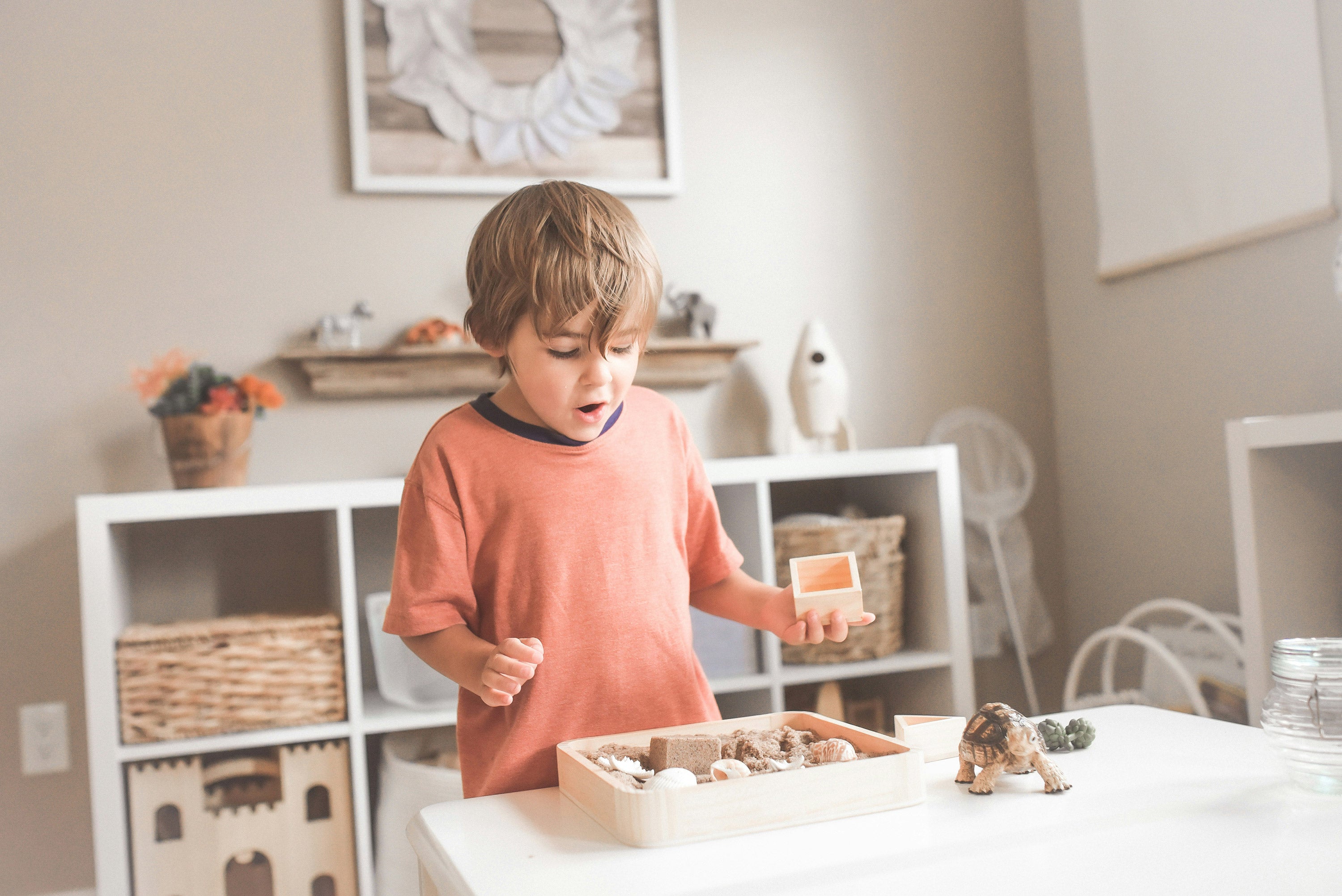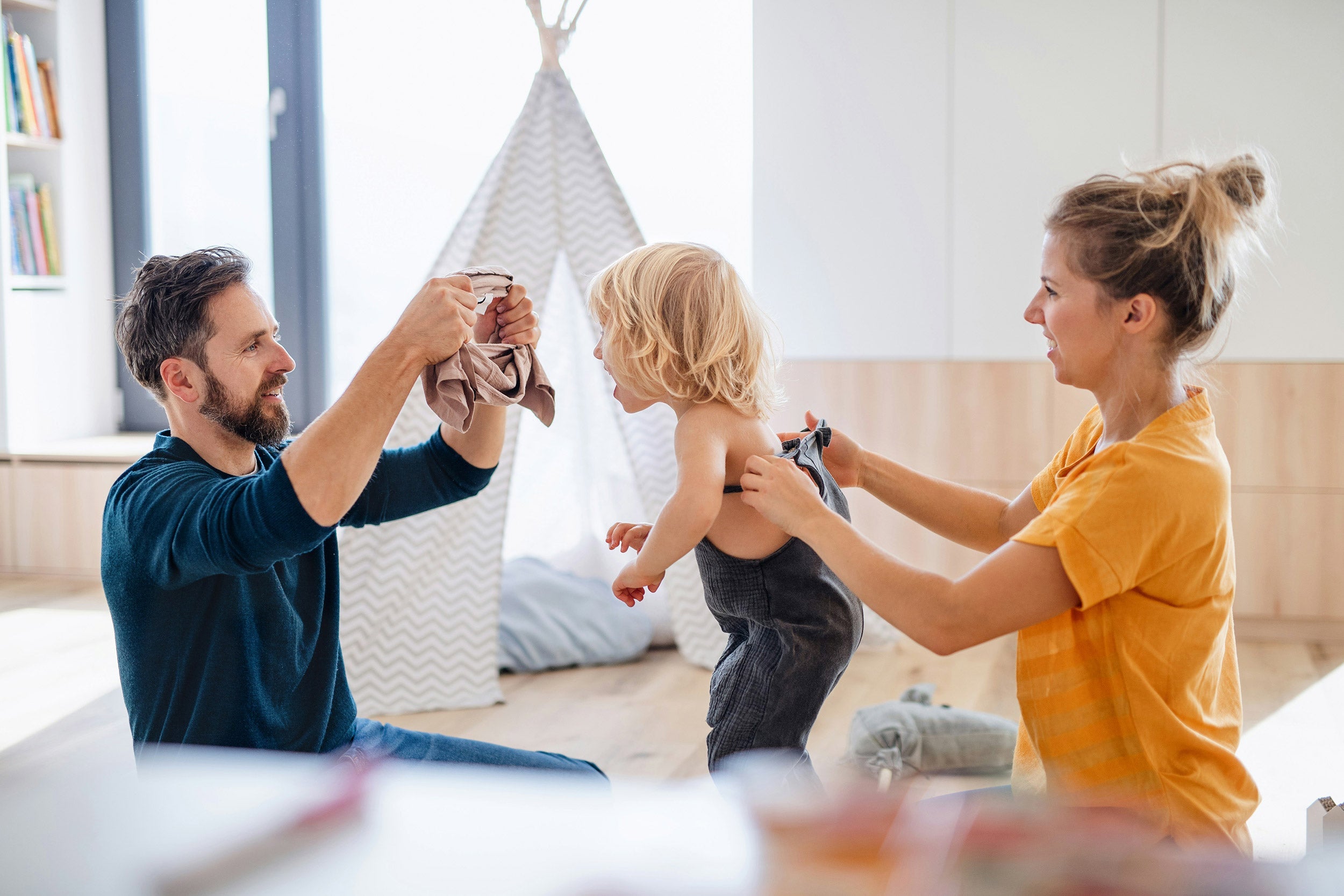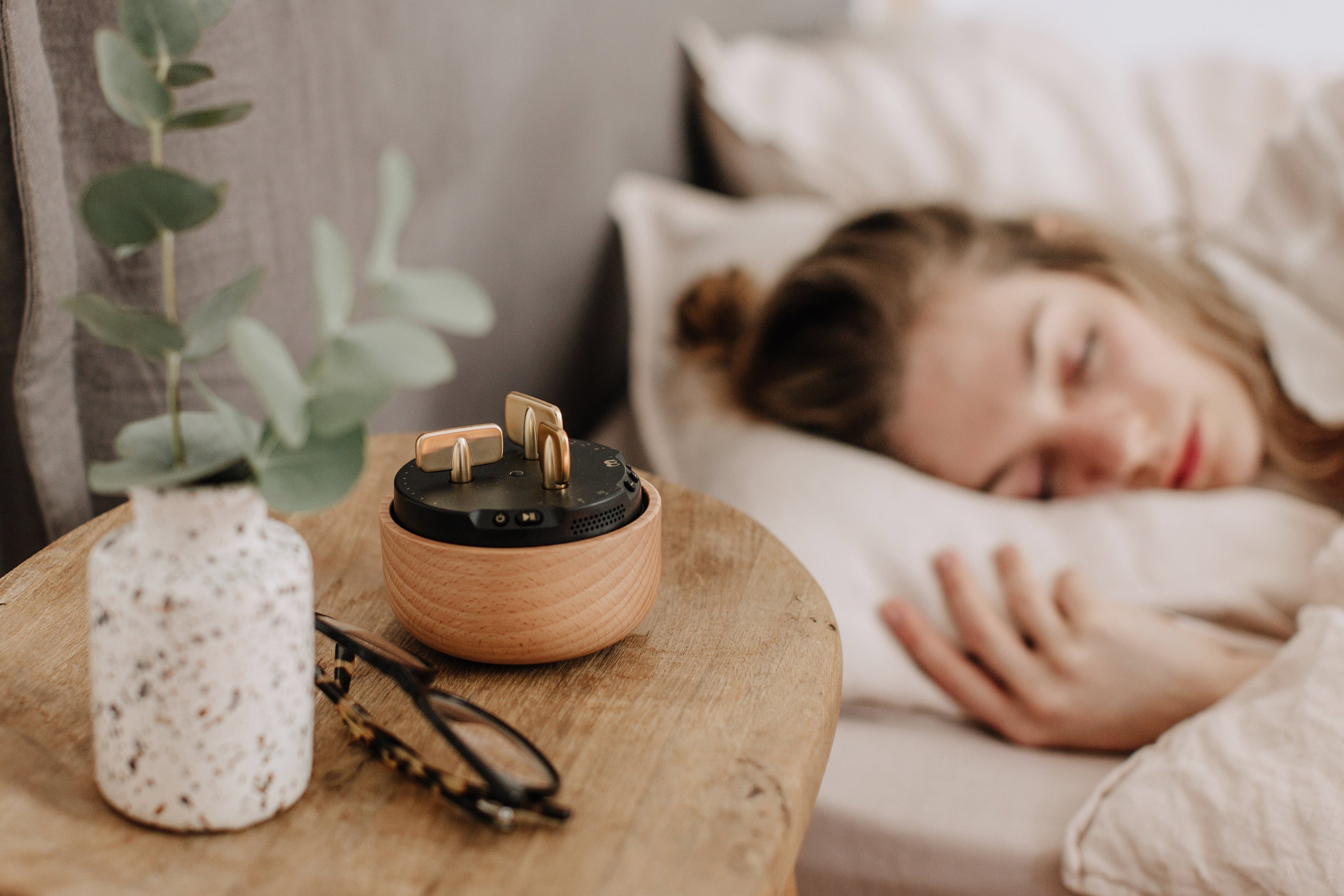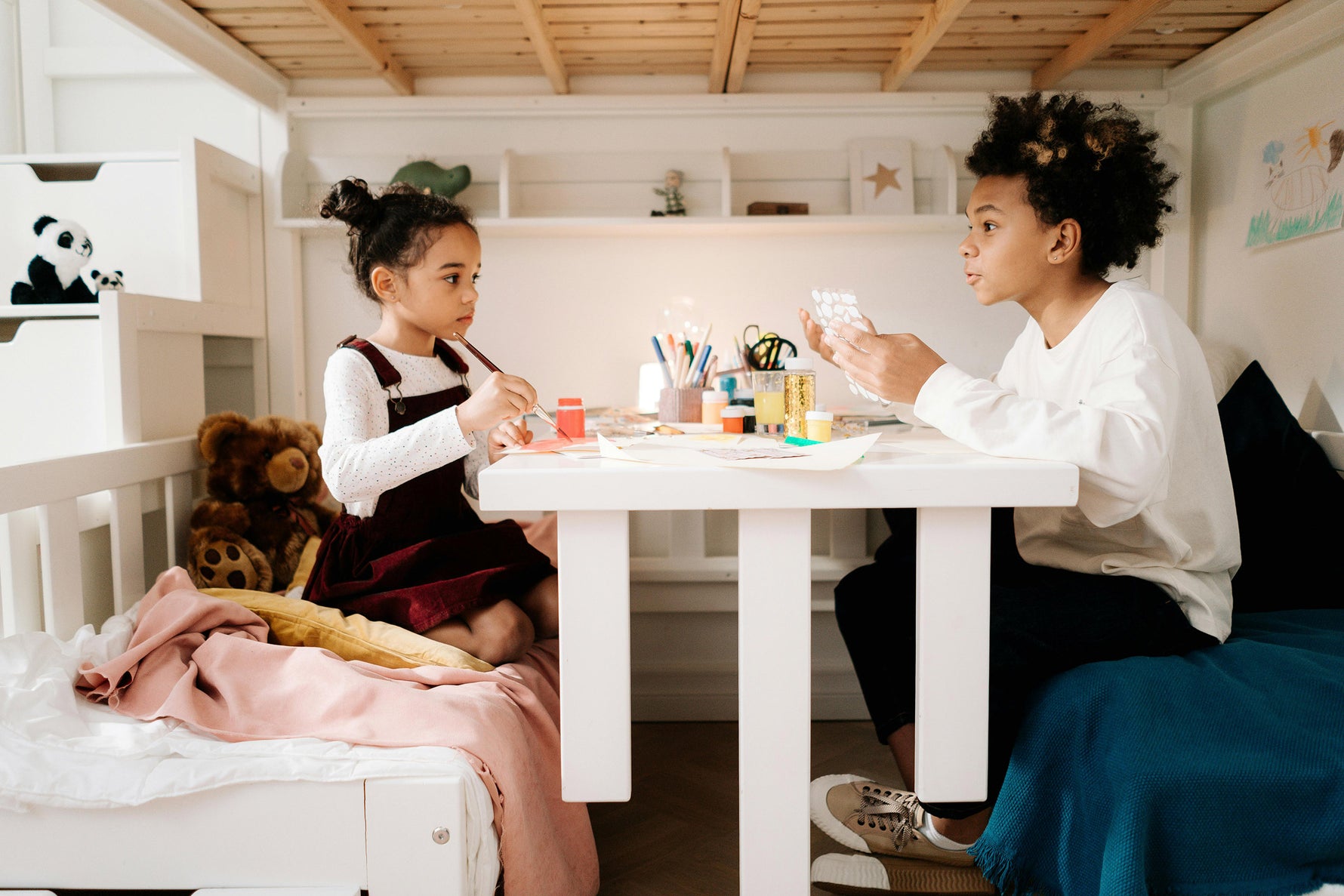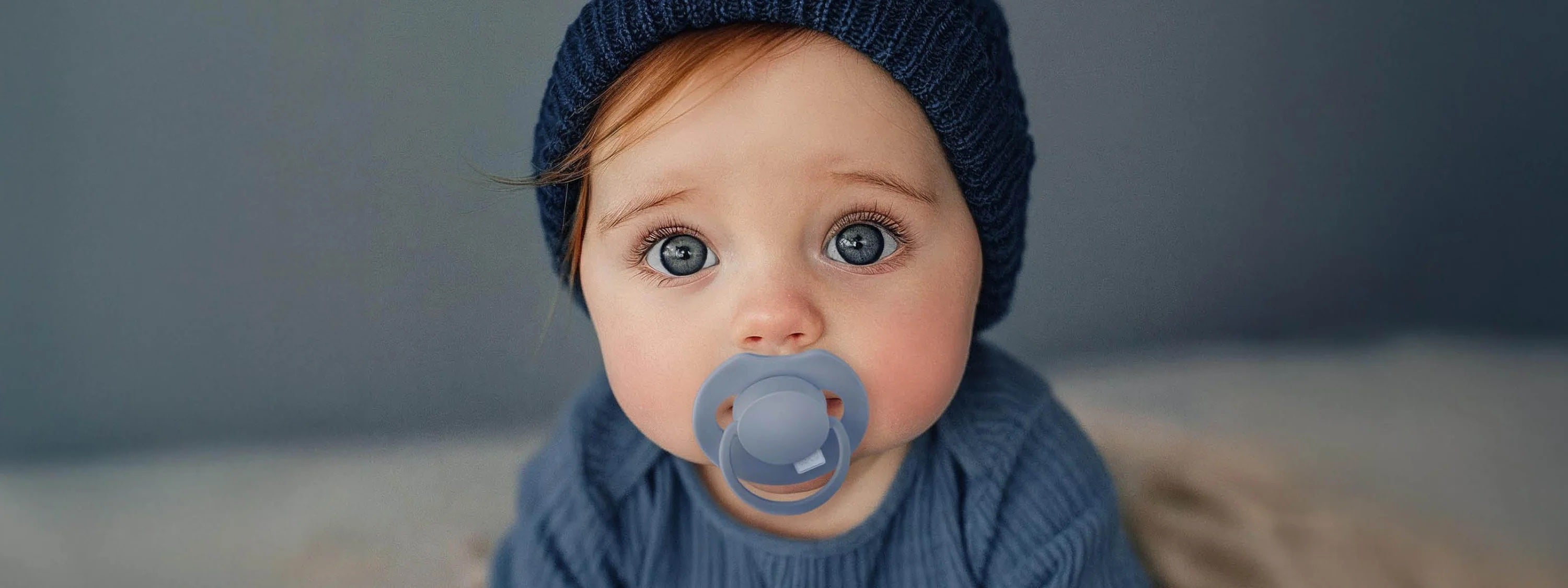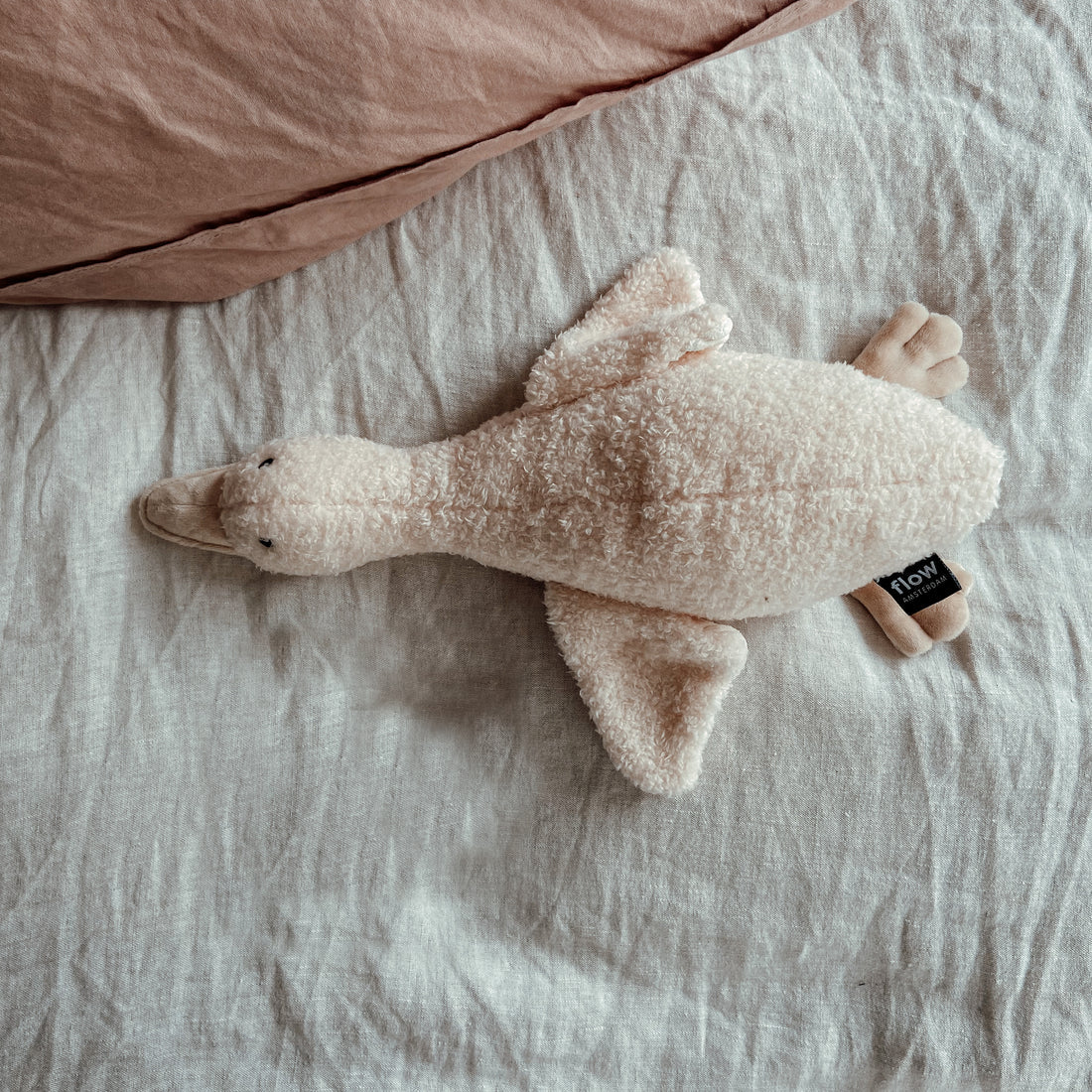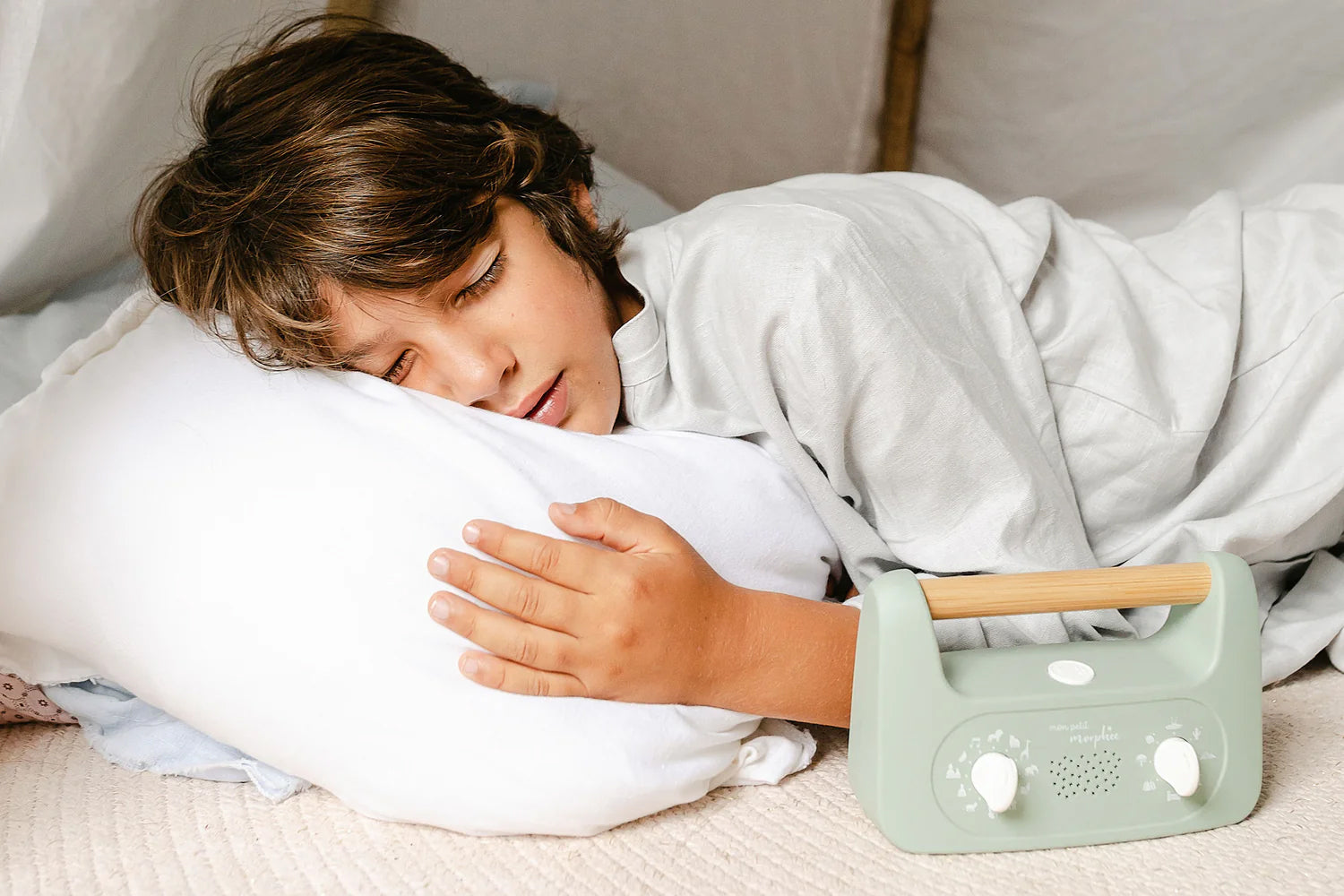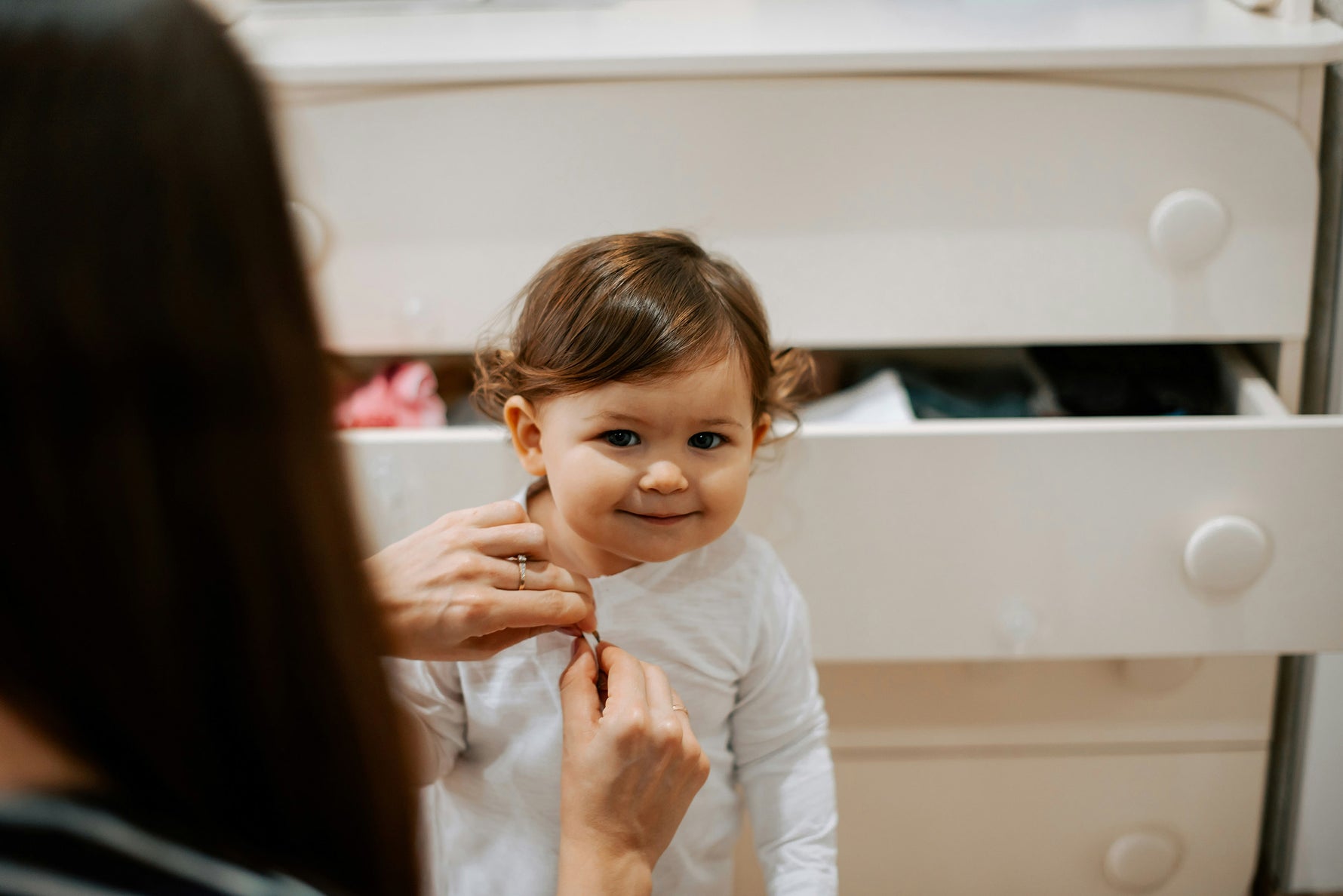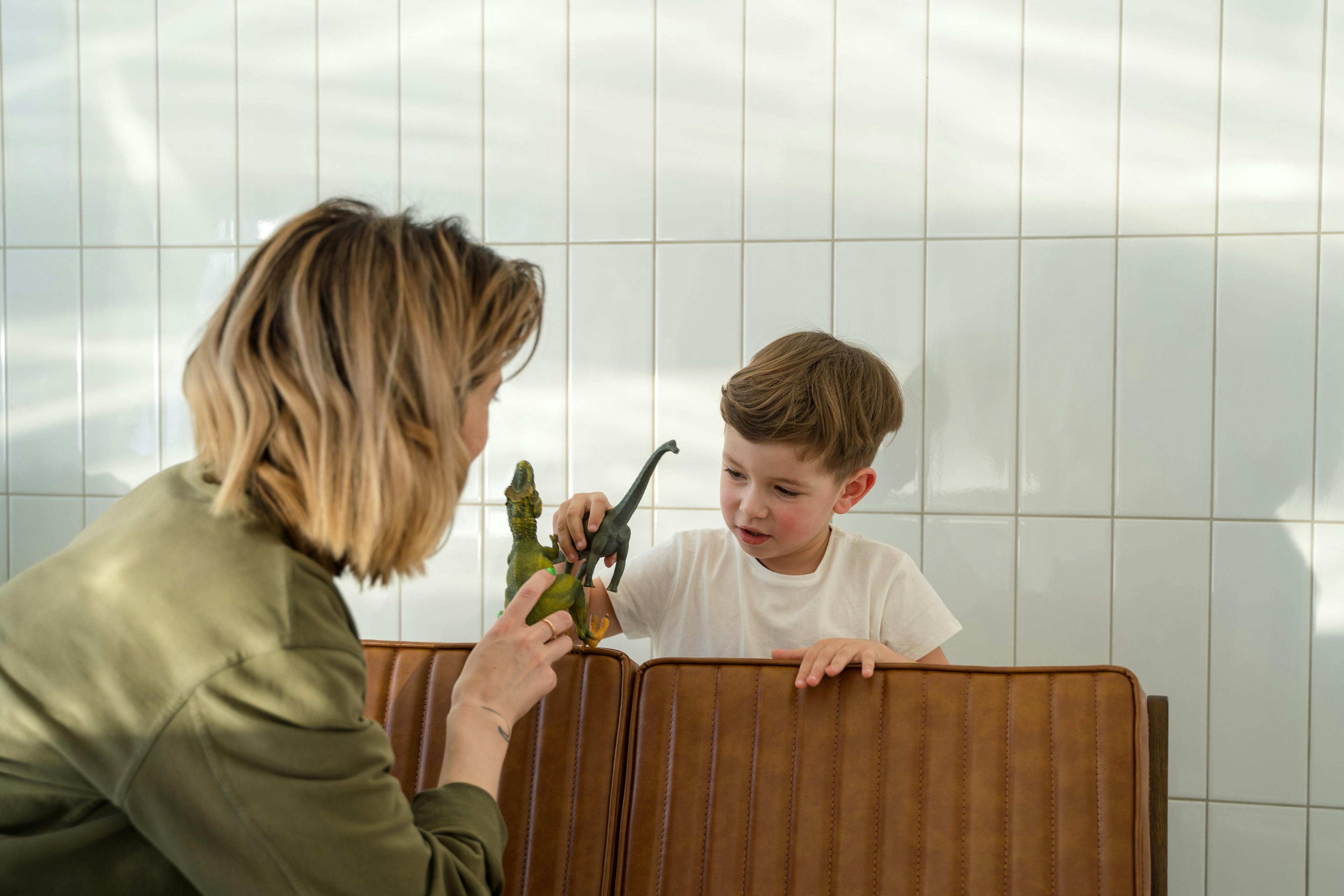Being a parent can be overwhelming, whether it's your first time or you’re welcoming a new addition to the family.
Every baby is different. Your firstborn might feed like a champion, while your second or third could struggle with latching or suffer from colic. And a lot of parents purchase bottles based on values and research, before they even meet their babies, but you can’t predict exactly what their preferences will be.
To help you navigate these decisions, we've compared two of our top-selling bottles, highlighting their distinct features. This way, when you’re feeling uncertain, you’ll have a clear understanding of which bottle will best suit your baby’s needs.
In short, the Difrax LOVI Mammafeel Bottle is the closest you’ll find to a mother’s breast, specifically designed to nurture and protect the bond between parent and baby. On the other hand, the Difrax Anti-Colic S-Bottle has a different focus, creating colic relief.
While both bottles can be used from birth, as colic typically begins around three weeks old, we’ll start by introducing the Mammafeel Bottle.
Difrax LOVI Mammafeel: The Bottle that Feels Like a Natural Breastfeed
It’s unique features:
Soft, breast-like feel
Smooth and natural feed
Unique, expandable teat
Perfect for combination feeding and weaning
BPA-free rating
Odour, taste and allergy-free coating
With its soft, breast-like feel, the Difrax LOVI Mammafeel bottle is specially designed to replicate a mother’s breast in shape, texture, and dynamics. Whether you're combining breastfeeding with bottle-feeding or weaning, its super-smooth, adaptive teat encourages an instinctive feeding flow, protecting your baby’s natural sucking reflex and preserving the bond between you and your baby.
Featuring a unique, dynamic, expandable teat that adjusts to your baby's natural sucking rhythm, The Mammafeel Bottle is the first on the market to incorporate two silicone components of varying thickness. This innovative teat closely mimics a mother’s breast, ensuring a natural breastfeeding experience. The wide, sturdy base prevents the teat from collapsing, helping to position your baby’s lips correctly and providing extra grip during the feed. This design also allows your baby to breathe freely through their nose, reducing the risk of intestinal cramps.
Each baby has a unique sucking technique, and the dynamic teat’s ability to move flexibly with your baby’s rhythm makes the Mammafeel bottle ideal for combination feeding. The skin-soft silicone ring, designed to imitate the areola, enhances the bottle’s breast-like feel, offering the same tenderness and comfort as a natural breastfeed.
Teats are available in a:
- 0m+ Mini teat - suitable for newborns
- 3m+ Slow teat
- 6m + Medium teat
- 9m+ Fast teat
Difrax Anti-Colic S-Bottle: The Ultimate Colic Solution
It’s unique features:
Narrow bottle and teat
Unique S-shape
Particularly ideal for premature and newborn babies
Anti-colic valve ensures 100% milk, no air intake
Ergonomic design promotes a natural drinking position
Ideal for combination feeding or weaning
Developed by the Difrax medical team
The Difrax anti-colic S-bottle incorporates a 100% milk, no air, patented system designed to prevent colic, intestinal cramps, burping, and vomiting. Its innovative valve and unique S-shape design, work together to separate milk from air, helping to preserve essential nutrients and vitamins A, C, and E.
The valve system facilitates a constant flow of air from the bottom of the bottle, eliminating the creation of a vacuum commonly associated with other bottles. Meanwhile, the S-shape ensures a steady flow of milk to the teat, even when the bottle is held horizontally. This design allows your baby to drink comfortably without having to strain and bend their neck backward, maintaining an ergonomic position with uninterrupted feeding. The narrow teat on the Natural S-bottle also makes it easy for babies to accept.
Additionally, the narrower bottle and teat are especially suited for premature and newborn babies, accommodating their smaller mouths and providing a more comfortable grip.
Difrax bottles are designed to be taken apart easily from top to bottom, simplifying the cleaning process, and helping to avoid bacteria.
As your baby grows, you can change the flow of the teats. As a general guideline, the small teat is for premature and newborn to 4 months old, the medium teat is for 4-9 months and the large teat is for 9+ months.
For babies with reflux, those who drink too quickly, or those for whom the size S teat isn’t sufficient, the Natural S-Bottles are ideal, especially for premature babies. These bottles come with a standard teat. Our other teats, sold separately, are compatible with this bottle, including the dental teat with a side hole to prevent milk from shooting down the throat, and the adjustable XS 1-2-3 teat for very slow flow, ideal for premature feeding.
Making the Right Choice for Your Baby
Choosing the right bottle for your baby can make a significant difference to their overall comfort and feeding experience. Both bottles offer unique benefits tailored to different needs, so whether you’re looking to closely mimic the natural breastfeeding experience or seeking relief from colic, these bottles are specially designed by medical experts with your baby’s well-being in mind.
Written by Jacqui Mills.

